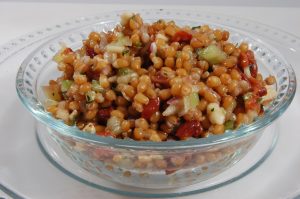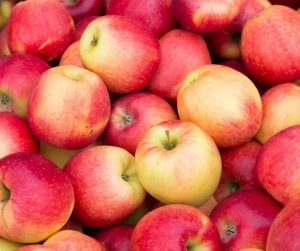By Heide Kennedy, Arizona Farm Bureau Communications Intern
If you’ve ever looked into any fitness and performance supplements, I’m sure that you have run across creatine supplements before. It can often be found mixed into energy drinks or pre-workout, protein powders, or just by itself. The way that it’s marketed you’d think it’s really only beneficial if you’re a fitness guru or an athlete. But creatine is actually quite beneficial for everyone. 
According to the Mayo Clinic, creatine is a compound of 3 amino acids and it’s mostly found in your muscles and brain. Our liver, pancreas, and kidneys make about 1 gram per day, and we can also get it through red meat and seafood consumption.
While creatine’s main and most popular benefit is muscular energy and endurance for improved fitness and athletic performance, that isn’t its only benefit. Creatine is also good for:
- Injury prevention
- Cognition and brain health
- Sarcopenia and bone health
- Heart failure
- Skin health
Also, the improved muscular energy that creatine provides is beneficial for everyone as well, but those in the fitness world just utilize it more!
A little fun fact, eating beef specifically helps to boost your body’s production of creatine. Good thing we produce lots of fresh beef here in Arizona!
For more health-related articles, check out the Fill Your Plate blog!





